Shipping company AP Møller-Maersk has raised its outlook for the global container market volume growth for the full year, despite supply chain disruption caused by the situation in the Red Sea which is now expected to continue at least until the end of the year.
Based on preliminary figures, Maersk revised the outlook for growth from 2.5-4.5% up to 4-6% thanks in part to container freight rates being higher. The disruption in the Red Sea means that growth in demand for container shipping has been stronger than forecast. The company said trading conditions remain subject to higher than normal volatility given the unpredictability of the disruption in the Red Sea. Incidents of attacks on vessels in the region have been ongoing since October last year, causing container ship and ro-ro operators to reroute vessels to avoid danger to crew and cargo. The geopolitical situation has triggered war risk premiums in freight rates, and has reshaped the automotive supply chain by resurrecting automotive freight transit routes from China to Europe by rail.
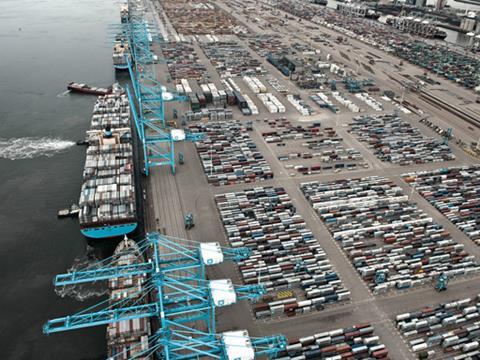
In the trading update, Maersk adjusted its full-year guidance for 2024 and now expects its earnings before interest, taxes, depreciation and amortization (EBITDA) to be around $2 billion more than previously expected, from between $6 billion-$7 billion to between $9 billion-11 billion, due to “robust container market demand”. The company said it now also expects free cash flow of at least $2 billion, previously forecast around $1 billion.
Global maritime risk management firm Ambrey found that risk at the Red Sea was still high in the second quarter (Q2) of 2024, with 62 Houthi-related events registered in the period. Of these events, 49 were registered as suspicious approaches, with 13 causing physical damage to the vessels. Ambrey said the Houthi target profile has remained largely unchanged since January, with perceived affiliation and opportunity remaining the drivers for targets.
While half of the events in the Red Sea did not result in incidents, compared to 18% in Q1, the Houthis have claimed that their area of operations has expanded into the Indian Ocean, Arabian Sea, northern Red Sea and the Mediterranean. Ambrey verified attempts on three vessels in the western Indian Ocean, two of which sustained physical damage within approximately 150NM of Socotra Island.


























![Global[1]](https://d3n5uof8vony13.cloudfront.net/Pictures/web/a/d/s/global1_726550.svgz)





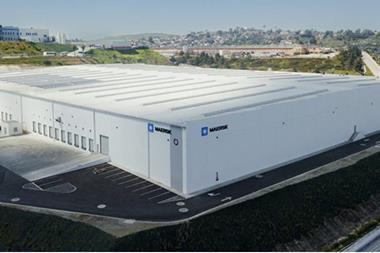

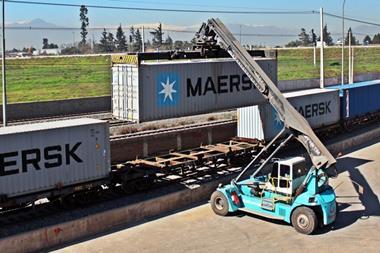
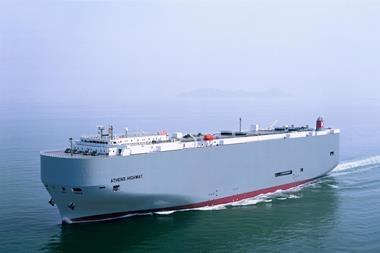
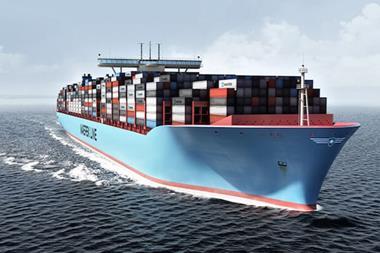



No comments yet